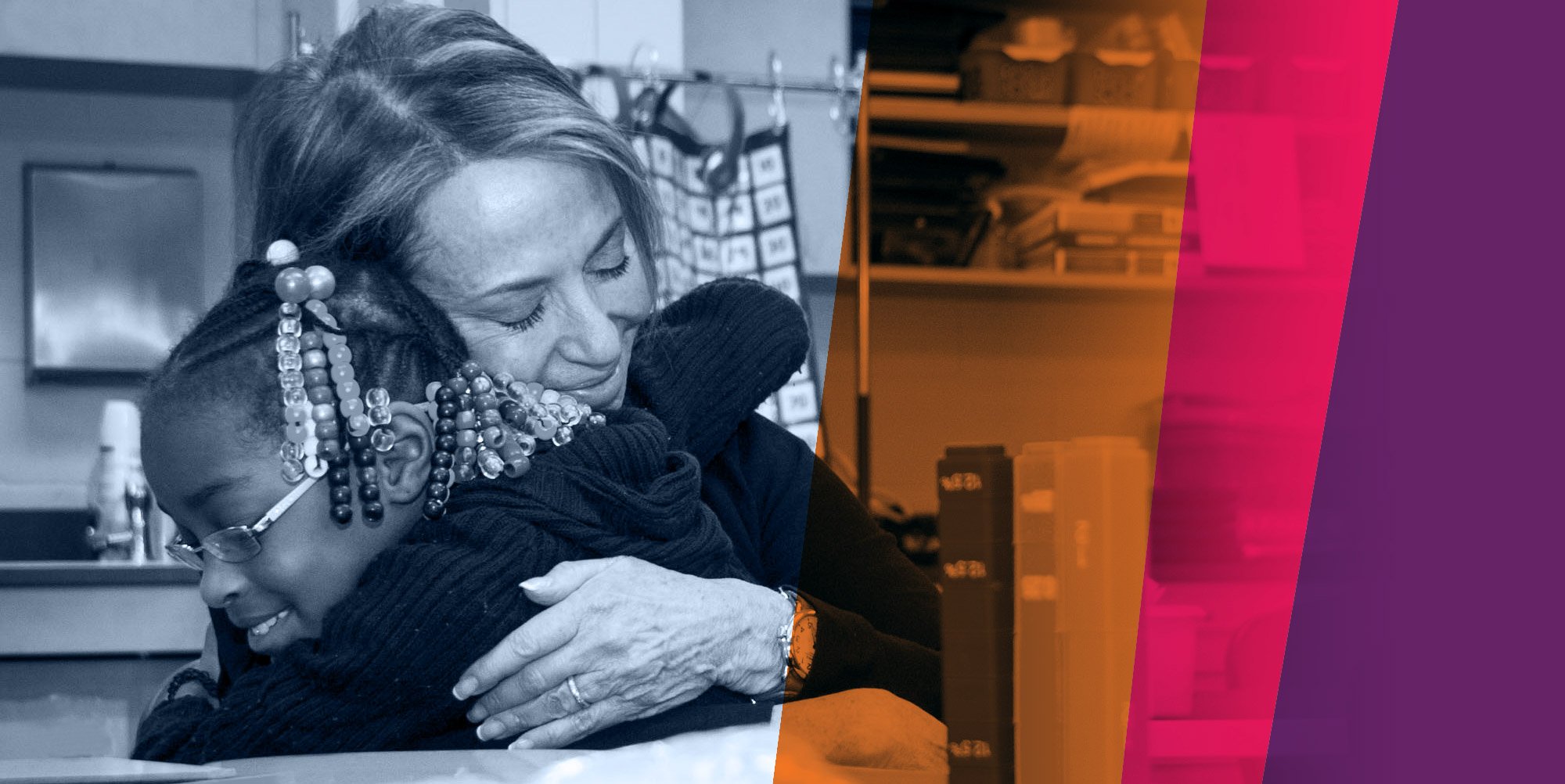
If you had known me when I was a teenager, you never would have imagined that one day I would become a doctor. I was an angry, sad kid, and for good reason.
So, how did I become me? And while we are at it, how did you become you? How does each of us become who we become?
For most of us, there was a person who saw what we could be before we could. Someone who fueled, pushed, and supported us. I had someone like that in my life and that person, my doctor, made all the difference.
He is the reason I became who I am. I am a physician dedicated to helping young people who have experienced trauma heal and go on to lead fulfilling, amazing lives; a person who hates unfairness in all its forms; a person who asks and seeks answers to hard questions about learning, human potential, and individual performance.
What I want more than anything is for each and every child, no matter their start in life or how many barriers and disruptions they face, to have the chance to become the fullest expression of their potential, to live the lives they choose. It’s time we stop asking children to beat the odds and instead change the odds for many more young people.
So how do we do that?
We can start by getting up to speed on the latest science which tells an optimistic story about what each of us is capable of. And we can challenge long-held but false assumptions about talent, learning, and human potential.
Talent exists everywhere, not on a bell curve.
Our brains are malleable well into young adulthood.
No matter the starting point or how many obstacles get in the way, all of us can develop to our fullest potential and contribute to the world.
Human beings are wired to develop, learn, and grow. Great potential is there. It’s up to us to unlock it.
What I want more than anything is for each and every child to have the chance to become the fullest expression of their potential.















Pamela Cantor, M.D. and David Osher on Whole-Child Development, Learning, and Thriving in an Era of Collective Adversity, Disruptive Change, and Increasing Inequality, from the Routledge publication The Heredity Hoax: Challenging Flawed Genetic Theories of Human Development
2025